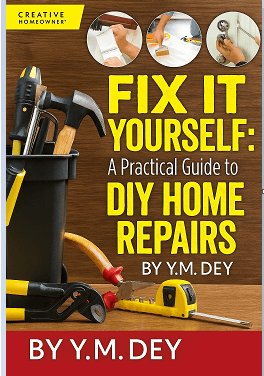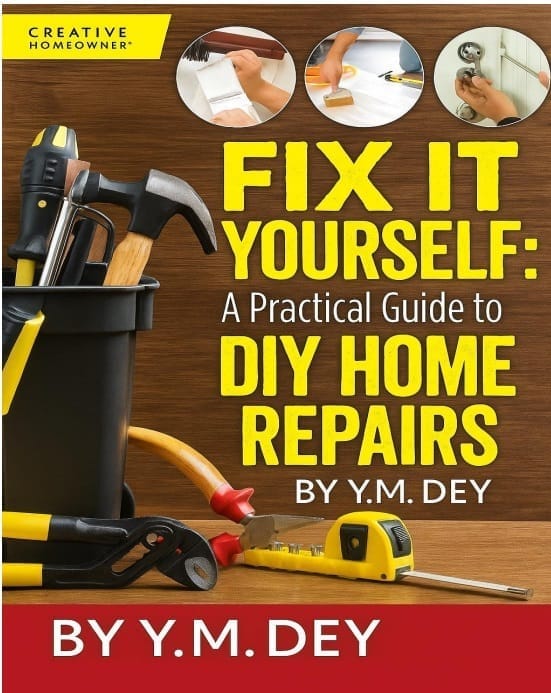Planning a Remodeling Job: A Complete Guide from Sketch to Construction

From Sketch to Reality
When you’re lounging in the new family room, finally free of whining saws and paint fumes, it may seem incredible that such a complicated remodeling project began on the back of a napkin. But that’s the way many jobs start—with a simple sketch. The question is how to develop the idea into a plan that balances what you want, what you need, and what you can afford.
Turning Ideas into Action
Not every homeowner is up to the task of developing home-improvement dreams into working blueprints. But the more information you gather and the more details you give a remodeling contractor, the more likely you are to get a reasonable version of what you want at a reasonable price. And that’s the final measure of a successful project. The work may cost more and take longer than you imagined. But if you can transform the heart of your first sketch into long-awaited extra living space, you’ll find that the hassles tend to fade.
Why Drawings Matter
There are some nightmare jobs. But talk to friends and neighbors who have lived through a major project, and you’ll find that most report their own take of the same basic experience. They may grumble about the delays and disruptions—and the money, of course—but then they’ll want to take you on a guided tour through the new addition. To reach that position, your ideas must be on paper in the form of measured drawings. You need them to get realistic estimates, to get a building permit, and to pin down construction details for your contractor. Although there are many variations, you have three basic options: hire a design professional, work with a design-build construction firm, or draw your own.
Design Professionals
Interior Designers vs. Architects
Both interior designers and architects must meet standards and follow guidelines set by professional societies. They work for you and can represent your interests with workers and suppliers. They can come up with a plan, help you analyze estimates, select a contractor, and follow through with regular checkups on materials, schedules, payments, and job quality.
Although there are exceptions, interior designers, true to their title, are likely to give more attention to the surface than the structure, while architects take it in reverse. This built-in bias is reflected in their drawings: full-color perspectives from interior designers and measured blueprints from architects. That means an interior designer may be the best choice if you need a lot of ideas about remodeling an existing space, and an architect may be a better choice if you need to reshape the building.
Design-Build Firms
Despite some controversy about who can legally use the word “design” to describe their services, design-build firms are an attractive option because they offer a complete package. On a kitchen remodeling job, you may be able to view dozens of designs on a computer screen and get detailed plans, plus cabinets and installation. Some firms have an architect or engineer on staff for more comprehensive jobs, while others work with code-approved plans that can be modified to suit your needs. Whatever the circumstance, you deal with one company instead of an array of design professionals and independent contractors. That’s good, because one party is responsible for every phase of the job. But if problems develop, there is no intermediary to sort things out.
Do-It-Yourself Plans
Gathering Inspiration and Drafting Layouts
It’s a good idea to develop your ideas in detail, even if you turn to an architect or design-build firm to complete the final version. This preliminary planning will refine your best ideas and weed out the worst variations. You can work from stock designs in plan books and, in some areas, use preapproved plans supplied by the building department for basic projects such as decks. Steal ideas from the pages of shelter magazines that show materials and designs you like, and survey displays in local home centers. It helps to see materials firsthand instead of in a catalog, where the scale can be deceiving.
Using Tools and Visual Aids
Sketch out a basic floor to scale on graph paper, and use models to approximate furniture—or use home-design computer software to work up your plans. Even basic programs allow you to try different furniture arrangements and change materials with the click of a mouse. But it pays to test your plan at full scale—for example, by laying out the lines of a new deck with stakes and strings. Seeing even the barest outline helps to guard against a chronic planning problem that can occur no matter who draws the plans—the underwhelming moment when the new area fills with people and furniture and seems smaller than the ample space you drew months ago on the back of a napkin.
When to Call for Help
Weighing Your Options
Once you have plans for a remodeling project, you need to find contractors to carry them out—or maybe not. You can save money by handling part of the work yourself—maybe 30 percent of the job price if you act as the general contractor of the project. But you can run into pitfalls, too, mainly when you get in over your head on jobs that require skills you don’t have. You may start with the best intentions but wind up getting in the way of pros who are accustomed to the daily regimen—and work weekdays when you’re at that other job.
Making Smart Decisions
There are no set rules about which jobs to tackle and which to leave to the pros. Do-it-yourself skills, interests, and budgets vary so widely that you might do an excellent job on part of the project your neighbor wouldn’t touch. But there are sensible guidelines you can apply. Number one is “if in doubt, don’t.” Don’t plunge into a project unless you have a realistic idea of the tools, skills, time, and money involved. Then you can make common-sense decisions, including the most important one: whether or not you can do the work safely.
Safety First
So when you consider the array of jobs on a major remodeling project—from foundation work to roofing—the best approach is to avoid work that is inherently dangerous. Naturally, that depends to some extent on your idea of danger. For one do-it-yourselfer, laying shingles on a low-slope roof may be a snap. But if you start sweating halfway up a ladder, even the simplest roof improvement can be hazardous. You don’t need construction expertise to sort this out. There is a good reason painting is at the top of the do-it-yourself list and wiring is at the bottom: paint can’t kill you.
Know Your Limits
You can’t rule out everyday accidents. Some scrapes and bruises are inevitable when you handle a lot of tools and building materials. But it’s wise to steer clear of jobs where problems due to lack of experience could result in structural defects or serious injury.
As to structure, that means in most cases you should leave foundations, framing, and similar work to the pros and concentrate on finishing trades such as drywalling, trimming, and painting that use the structural systems for support. Foul up on the surface and you may make a mess, but nothing is likely to collapse.
But as I explored the world of DIY, I realized most online resources were either too advanced or too expensive or assumed the reader had years of experience and a fully equipped workshop. That gap inspired the launch of Gear For DIYers—a practical, beginner-friendly resource tailored to everyday homeowners and renters looking to build skills and confidence, one project at a time. Click here for more info
Grab Our Curated Personalized Gift Guide—100% FREE
If you’ve ever paid for simple home repairs or waited weeks for a handyman, you’re not alone. That’s why I created this free guide with practical, step-by-step instructions for fixing common issues around the house — from leaky faucets to squeaky doors and more!
Say goodbye to costly service calls and hello to confident DIY repairs.
Just tell me where to send it, and I’ll deliver
it straight to your inbox—100% FREE.

Grab Our Curated Personalized Gift Guide—100% FREE
If you’ve ever wasted hours scrolling or wandering through stores with no luck, you’re not alone. That’s why I created this free checklist of unique, personalized gift ideas for every occasion — Father’s Day, housewarmings, graduations, birthdays, and more!
Say goodbye to guesswork and hello to thoughtful, meaningful gifts.
Just tell me where to send it, and I’ll deliver
it straight to your inbox 100% FREE.

Learn how to handle home repairs like a pro with Fix It Yourself: A Practical Guide to DIY Home Repairs.
💰 Save money on costly repairs
🛠️ Gain valuable skills you can use for life
⚡ Fix problems fast with step-by-step guidance
🏡 All from the comfort of your own home







